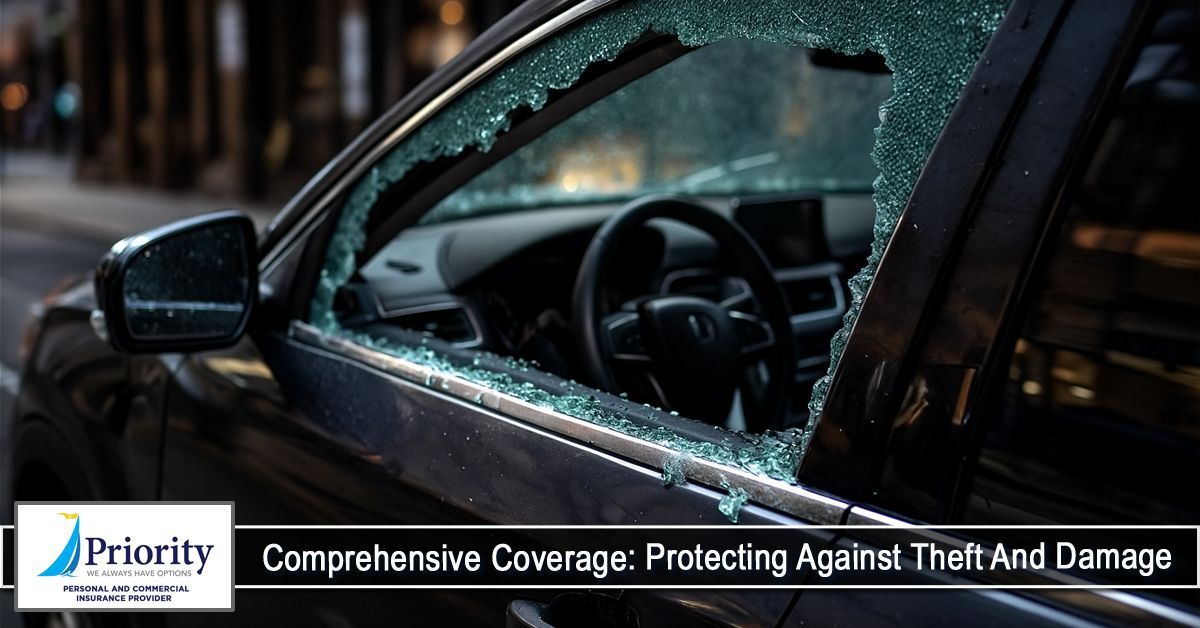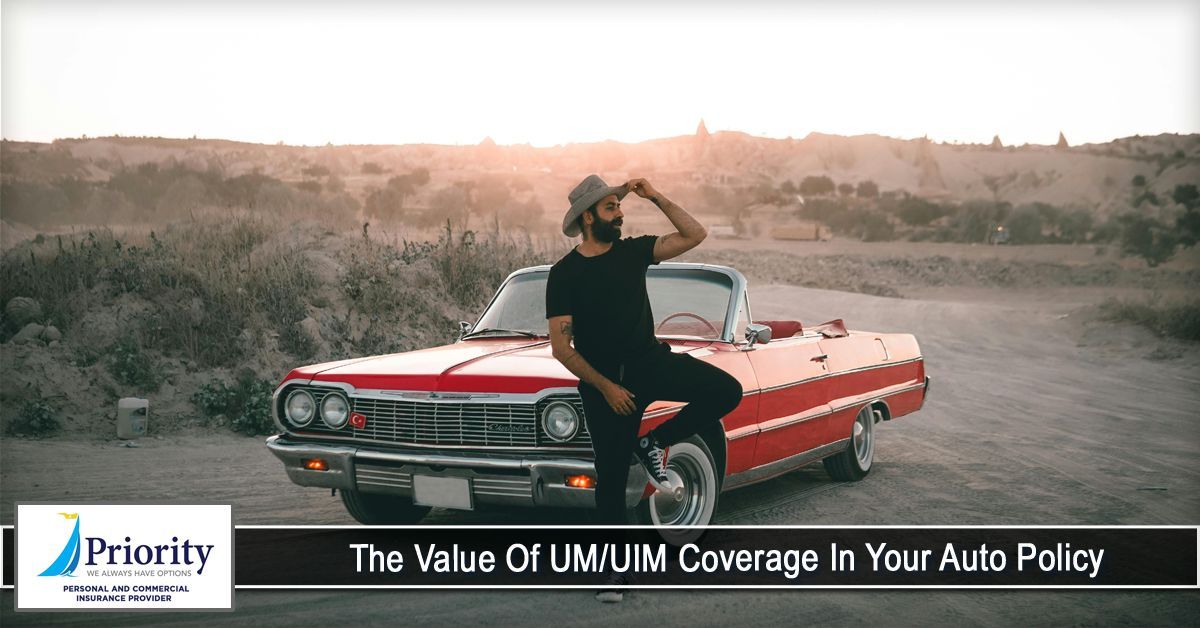
Motorcycle insurance provides essential protection for riders, but the amount of protection you receive depends largely on your policy limits. These limits define how much your insurer will pay in the event of an accident, and understanding them can help you avoid costly surprises. For motorcyclists, choosing the right limits is especially important due to the higher risks associated with riding.
What Are Policy Limits?
Policy limits are the maximum dollar amounts an insurance company will pay under your motorcycle insurance policy. Once those limits are reached, you are responsible for any remaining costs.
Insurance policies often include split limits (separate amounts for bodily injury and property damage) or combined single limits (a total maximum payout per accident).
Key Types of Motorcycle Insurance Limits
1.Bodily Injury Liability Limits
- Covers injuries you cause to others in an accident.
- Expressed as two numbers (e.g., $50,000/$100,000):
- The first is the maximum per injured person.
- The second is the maximum for all injuries in one accident. - Why it matters: Medical bills can be extremely costly; low limits may leave you personally liable.
2. Property Damage Liability Limits
- Covers damage you cause to another person’s vehicle or property.
- Example: $50,000 per accident.
- Why it matters: Repairing or replacing cars, fences, or other property can exceed low policy limits quickly.
3. Uninsured/Underinsured Motorist (UM/UIM) Limits
- Protects you if you’re hit by a driver who has no insurance or not enough coverage.
- Often mirrors your liability limits.
- Why it matters: Many drivers carry only minimum coverage, leaving gaps in compensation for serious motorcycle accidents.
4. Medical Payments (MedPay) or Personal Injury Protection (PIP)
- Covers medical expenses for you (and sometimes passengers), regardless of fault.
- Policy limits are usually lower, but it provides valuable supplemental coverage.
5. Collision and Comprehensive Coverage Limits
- Pays for repairs or replacement of your bike after an accident, theft, or damage from events like fire or storms.
- Policy limits are based on the actual cash value (ACV) of your motorcycle.
Factors to Consider When Choosing Limits
- State Minimum Requirements
Every state has different minimum liability requirements, but these are often too low to provide real financial protection. - Medical Costs
Motorcycle accidents often result in more severe injuries than car accidents, so higher bodily injury limits are recommended. - Your Assets
If you own a home, savings, or other valuable assets, higher limits protect you from lawsuits that could threaten them. - Cost vs. Risk
While higher limits may increase your premium slightly, they offer significantly more protection in catastrophic accidents.
Common Mistakes Riders Make with Policy Limits
- Choosing only state minimum liability coverage.
- Forgetting to add uninsured/underinsured motorist protection.
- Overlooking medical payments or PIP coverage.
- Not updating coverage after upgrading or customizing their motorcycle.
Conclusion
Policy limits in motorcycle insurance are more than just numbers—they determine how well you’re protected when the unexpected happens. By carefully reviewing your liability, UM/UIM, and medical coverage limits, you can ensure you’re not left paying out-of-pocket after an accident.
The bottom line: don’t settle for the minimum. Riders should aim for higher limits that reflect the real risks of the road and their financial situation.
At Priority Insurance LLC, we put our clients first by offering them policies that they can afford. Having insurance is a necessity nowadays, and we're here to help you out. Learn more about our products and services by calling our agency at (864) 297-9744. You can also request a free quote by CLICKING HERE.
Disclaimer: The information presented in this blog is intended for informational purposes only and should not be considered as professional advice. It is crucial to consult with a qualified insurance agent or professional for personalized advice tailored to your specific circumstances. They can provide expert guidance and help you make informed decisions regarding your insurance needs.











